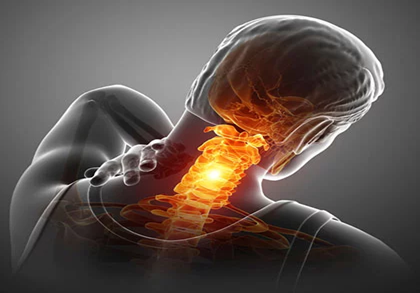Neck Pain
Neck Pain
Neck injuries are common in the United States. As many as 70% of all adults will have neck pain at some point in their lives. People seek relief from cervical or upper back pain because it limits daily activities and physical tasks.
Complaints about cervical spine pain made up only 15% of orthopedist visits as of 2010. However, they accounted for one-third of all hospitalizations in the same year. And these figures have not decreased in recent years. Today, 5% of people with pain in the neck may become disabled or unable to work as a result of the condition. This is why you should seek medical attention to prevent serious complications at the first sign of discomfort.

Types of Neck Pain
Your neck has a tough job to do. It must support your head, which weighs 10 to 11 pounds on average. It must also allow for movement, such as turning from side to side, raising and lowering your chin, and tilting each ear to your shoulder. This is the human body’s most flexible part.
Neck aches come in wide varieties. The cervical spine is the foundation of your neck. Keeping your head upright relies on four different sets of muscles, ligaments, and tendons. Any associated discomfort may feel tender, dull, sharp, and stabbing or radiate to your shoulders or other parts of your body. Chronic or constant pain can be debilitating.
Symptoms Of Neck Pain
Symptoms of neck pain may include:
- Stiffness;
- Muscle ache;
- Limited range of motion;
- Pain radiating to shoulders and upper chest.
